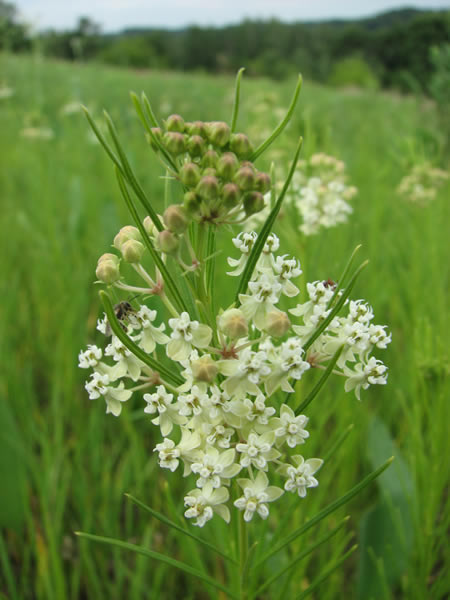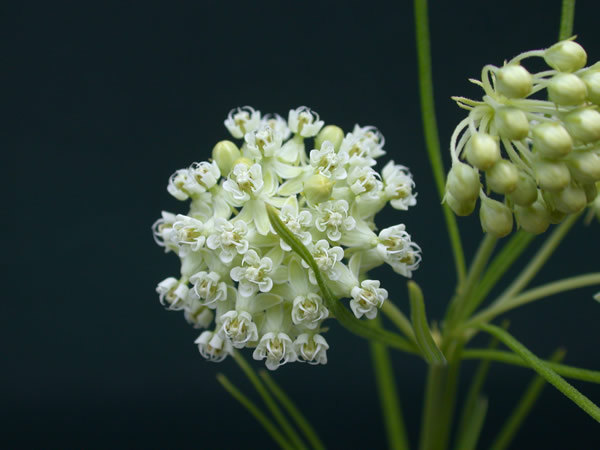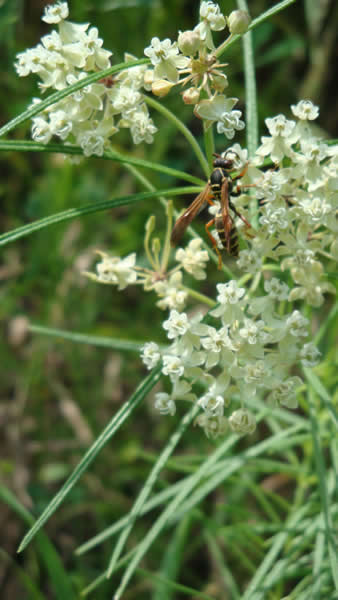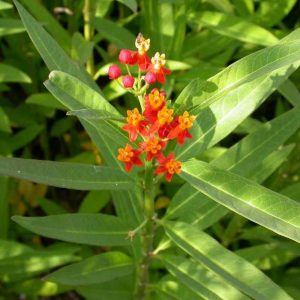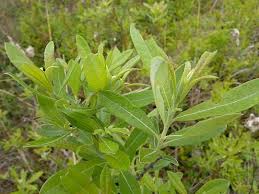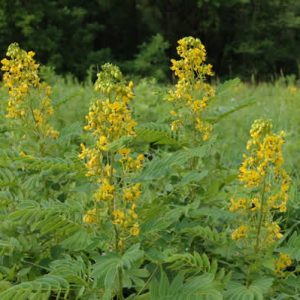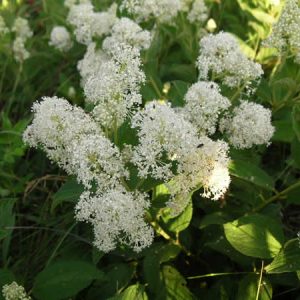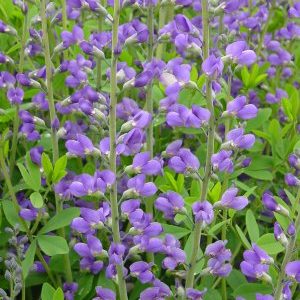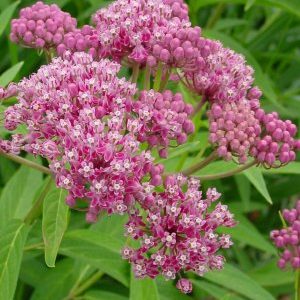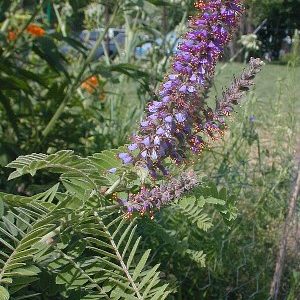Description
Asclepias verticillata Whorled Milkweed
Distribution: AL, AR, AZ, CT, DC, DE, FL, GA, IA, IL, IN, KS, KY, LA, MA (Threatened), MD, MI, MN, MO, MS, MT, NC, ND, NE, NJ, NM, NY, OH, OK, PA, RI (Special Concern), SC, SD, TN, TX, VA, VT, WI, WV, WY
Milkweed (Asclepias spp.) is of vital importance and critical to the survival of the Monarch butterfly as the larvae only eat milkweed. Females will search for fresh tender leaves on which to lay their eggs. With habitat loss and the use of pesticides it is has become increasingly difficult for Monarchs to find Asclepias during their spring migration and throughout the summer breeding season, particularly in the Midwest prairies where it once grew in abundance.
Asclepias verticillata (Whorled Milkweed) has very skinny, “whorled” leaves that are narrow and linear. Fragrant white flower clusters occur from mid-summer to autumn which is later in the year than many other Milkweeds. This late bloomer is among the last milkweeds to go dormant making it a very valuable late season food source for Monarch butterflies and their caterpillars.
On some plants the white flowers can be tinted greenish-white. When mature Whorled Milkweed reaches a height around 2′. The nectar of the flowers attracts many kinds of insects, bees, butterflies, skippers and beetles. Whorled Milkweed is deer and rabbit-resistant.
Please note: Asclepias verticillata is highly toxic to livestock and horses and should not be allowed to take root in pastures or hayfields.
Best located in a sunny dry spot, but will tolerate average to moist garden soil as well. This is an easy to grow milkweed.

